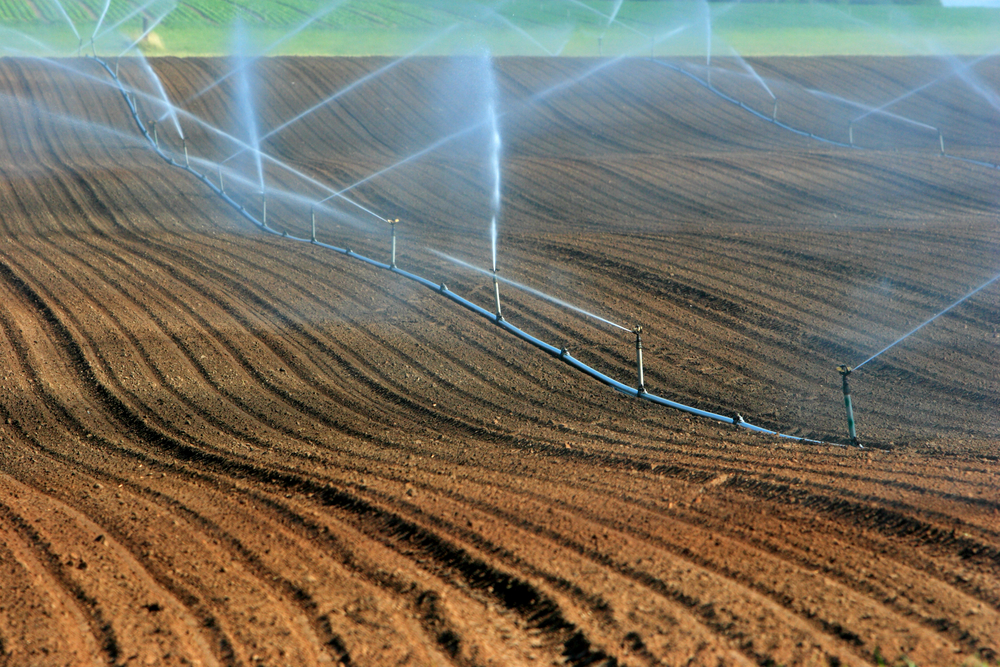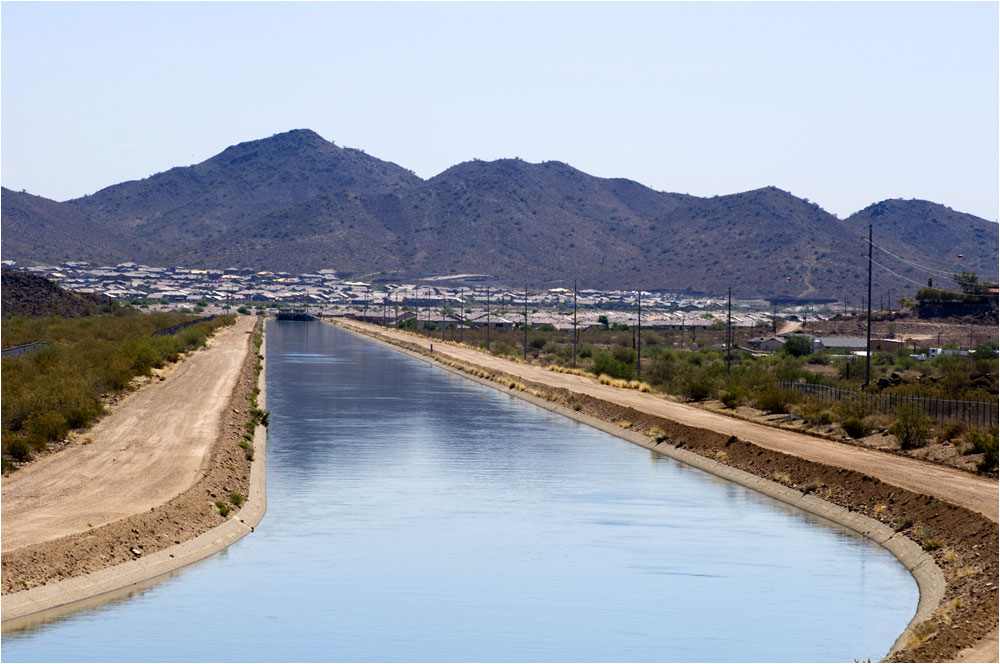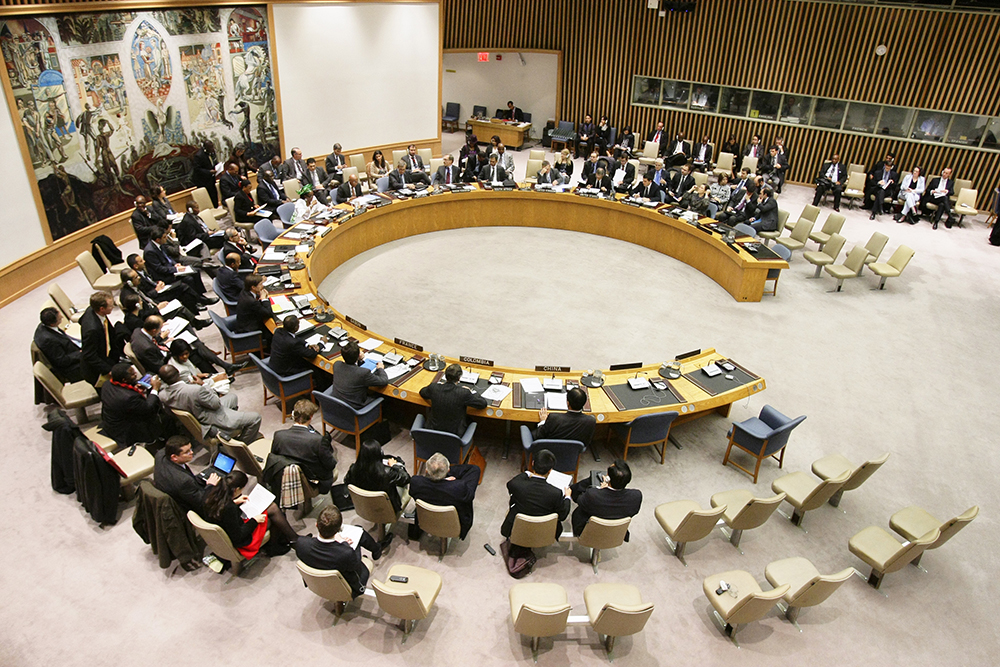Texas A&M University Unveils North American Soil Moisture Database
The database is one step toward better information about the water held in soils.

Of all the gaps in water data, information about soil moisture – the saturation held in the first few feet of earth – is near the top of a hydrologist’s wish list. Climate scientists and farmers crave these figures too because they foretell drought and the potential for crop stress.
Even Barack Obama is on board. A U.S. soil moisture monitoring network is part of the National Drought Resilience Partnership, one prong in the climate change plan the president outlined in a June speech at Georgetown University.
No wonder then that Steven Quiring is excited.
Quiring, a climatologist at Texas A&M University, heads the North American Soil Moisture Database, the only source of standardized soil moisture data for the entire continent. The database was officially released last week at the American Geophysical Union fall meeting in San Francisco.
–Steven Quiring, associate professor
Texas A&M University
Creating the National Science Foundation-funded database posed two challenges. One was coordination. Soil moisture networks often have a local reach and are managed by a mash of universities and state and federal agencies.
“We blasted each agency with emails,” Quiring told me between sessions at the Moscone Convention Center. “It was encouraging. We got a strong response. The agencies were glad that more people will benefit from their data.”
The second hurdle was quality control. Quiring’s team developed a five-step algorithm to ensure that the stations included in the continental network used similar data-collection methods, such as measuring moisture at the same depth.
As of last week the database registered 1,300 stations in Canada, Mexico, and the U.S.
Quiring thinks the database could be a prototype for the U.S. network envisioned in the Obama climate plan. The research team is also trying to generalize regional conditions from point measurements taken at individual stations.
“What is useful for drought monitoring are gridded products – what several stations say about a larger area,” Quiring explained.
Interest in soil moisture extends upward. Next year NASA will launch a satellite that monitors soil moisture. But an in-ground network is still needed to verify what is detected from orbit.
Brett writes about agriculture, energy, infrastructure, and the politics and economics of water in the United States. He also writes the Federal Water Tap, Circle of Blue’s weekly digest of U.S. government water news. He is the winner of two Society of Environmental Journalists reporting awards, one of the top honors in American environmental journalism: first place for explanatory reporting for a series on septic system pollution in the United States(2016) and third place for beat reporting in a small market (2014). He received the Sierra Club’s Distinguished Service Award in 2018. Brett lives in Seattle, where he hikes the mountains and bakes pies. Contact Brett Walton







Leave a Reply
Want to join the discussion?Feel free to contribute!